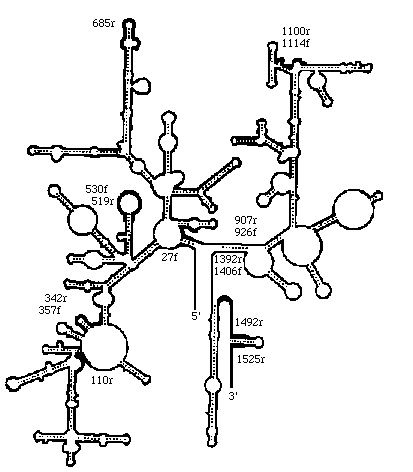% emma -help
Try just changing the multiple alignment gap parameters.
Compare your results with the manually aligned sequences. You can look at your alignments using Seaview. What gap penalties are working best for this dataset?
Next: Playing with profiles Up: Understanding and manipulating alignments Previous: Editing your alignment with David Ardell 2005-01-27

